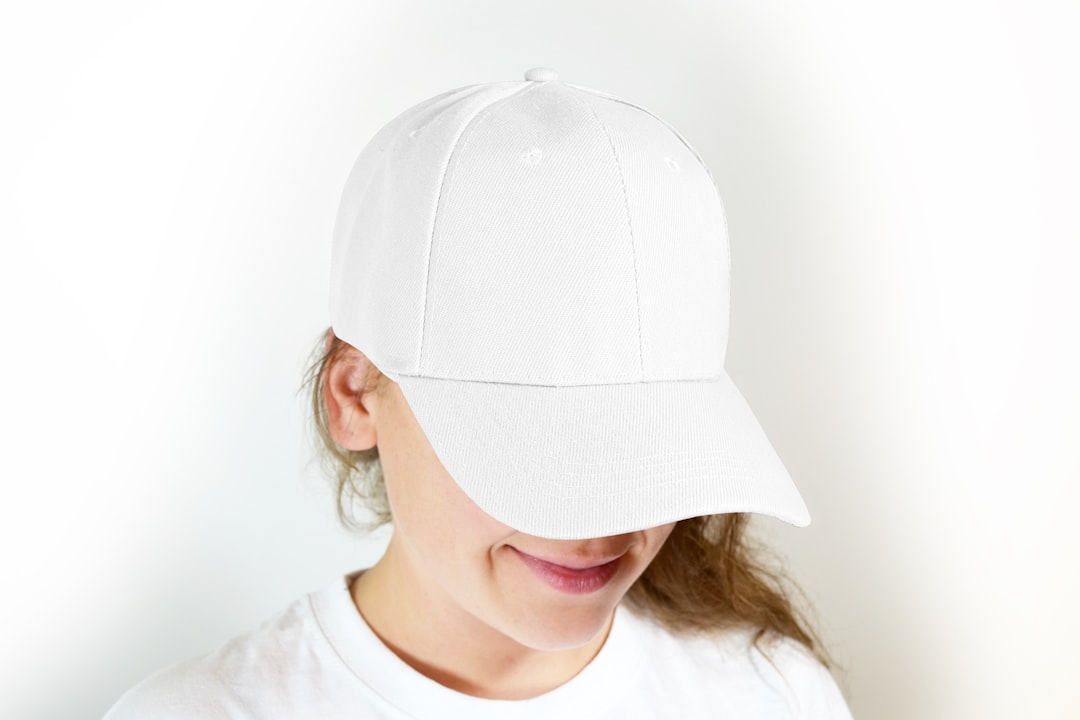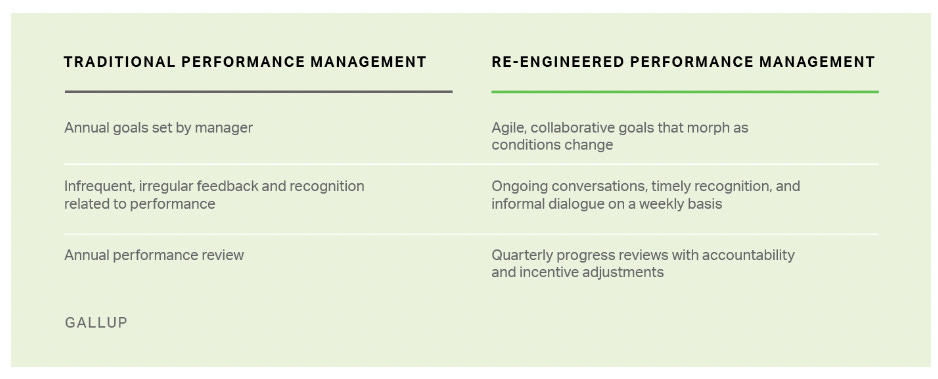The Party of the Future
Baseball Caps as a Statement | Extroverts v. Introverts | Performance Paranoia

Quote of the Moment
There are always two parties, the party of the past and the party of the future; the establishment and the movement.
| Ralph Waldo Emerson
Dress for Second Base
While pop culture’s adoption of streetwear and athleisure has permeated work settings, apparently the lowly baseball cap crosses some Maginot line in the minds of many workwear critics, like Teo van den Broeke of the Financial Times:
Where once wearing a pair of tracksuit bottoms to the office might have got you sacked, now brands from Marks and Spencer to Paul Smith are creating two-pieces crafted from tailoring fabrics finished with sporty details such as cuffed legs and drawstring waists. Caps convey an intention to eschew the desk and pursue some kind of leisure activity, be it golf or a BBQ, or maybe it has something to do with class.
Just maybe.
Wearing hats indoors has also, traditionally speaking, been frowned upon. “Men have always removed their hats as a sign of respect to their host,” says a spokesperson for hat maker Christys’ London. “If a gentleman was in a public lift and a lady entered, he took off his hat as a matter of courtesy and respect.”
“Our business spans a clothing chasm — from the traditional finance suit through to very relaxed techy attire, but for my team, caps are a no-no,” says Alex Livanis, head of investment at a London-based fintech company. “Clothing reflects shared values and norms. The formality encourages a sense of respect for our clients and our team internally.”
A bit of history: The business class has traditionally worn the courtier’s clothing of the immediately preceding era, as when the morning dress (with morning coat, waistcoat, necktie, and formal trousers) was replaced by the less formal lounge suit, although still retaining waistcoat and tie. Today’s business formal is a lounge suit without a waistcoat but with a tie, while today’s business casual has even dropped the tie. The standard ‘formal’ is always the previous generation’s informal. and that’s why baseball caps and fleece vests are becoming common after a few decades of jeans and sneakers on casual Fridays.
But those of a conservative bent always howl at these sartorial transitions, as van den Broeke avers:
Not only does a dress code or accepted uniform in a workplace encourage a certain level of professionalism, but it also makes those who adhere to it feel part of something. Baseball caps, by way of their somehow priapic posturing, seem antithetical to that, singling out their wearers as wilful “cap wearers” rather than biddable players in a wider team.
‘Priapic’ means phallic, which I think is ridiculous; but I agree with the willfulness of cap wearing. The team remark is odd, considering baseball is a team sport. But would baseball cap wearing be less controversial if everyone at the company was doing it?
“Cap wearing in the workplace must be stopped,” British etiquette writer Peter York told the Financial Times. “They make their wearers look silly. Indeed, wearing one is like saying ‘I’m being jaunty and youthful, but in fact I’m 45.’”
Maybe we could turn wearing a baseball cap into a quiet statement of a movement, saying ‘I am wilfully seeking the hidden promise of better ways to work’.
Extroverts v. Introverts
I attended an event this week, and as an ambivert I wore out quickly.
Performance Reviews
While the much-hated ‘forced rankings’ model of performance review — where a certain percentage of each manager’s reports had to be ranked as doing an inadequate job — have declined, annual performance reviews are still in use at over 90% of organizations, according to Gartner.
Ben Wigert and Heather Barrett of Gallup, early in the madness of the pandemic, made the case for rethinking performance management for ‘uncertain times’, offering what they call ‘re-engineered performance management’:
Since the term ‘re-engineered’ has so many existing connotations, I will provide my naming skills and rename column two as ‘emergent performance management’.
In traditional PM, the process has an annual cadence, and consumes a great deal of managees’ time in the period immediately preceding the review. Emergent PM treats PM as an aspect of the learning loop built into everyday work patterns. Instead of annual, big-bang PM, cooperative reassessment of each person’s role, goals, and responsibilities is an on-going, at least weekly activity, allowing individual and organizational flexibility based on changing conditions.
The authors point out a terrifying reality:
Nearly half of employees say they receive feedback from their manager a few times a year or less. But the only viable management style going forward will be ongoing coaching conversations that establish a rhythm of collaboration and create shared accountability for performance and development. These conversations are more than just talk -- they will have different purposes and outcomes at weekly, monthly and quarterly intervals.
Keep reading with a 7-day free trial
Subscribe to Work Futures to keep reading this post and get 7 days of free access to the full post archives.








